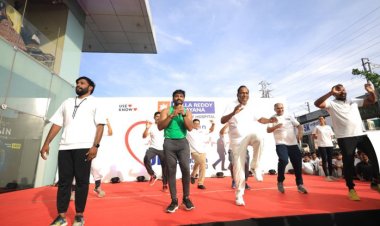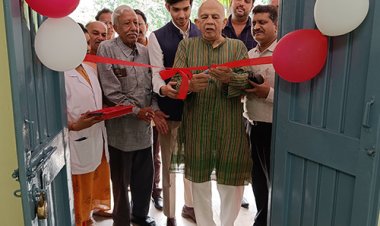CORONARY ARTERY DISEASE

Coronary Artery Disease (CAD) is the most common type of heart disease. It is the foremost single cause of heart disease-specific mortality. The percentage of CAD patients in low and middle income countries has been on a steady rise, accounting for nearly 3.7 million deaths in 2020.
There are several risk factors for Coronary Artery Disease. Some can be modified, whereas a few others cannot. Modifiable risk factors are diabetes, high blood pressure, tobacco usage/smoking, high blood cholesterol, obesity, lack of physical activity, unhealthy diet, and stress. All these factors, if addressed in a timely manner, can delay or even prevent CAD. The risk factors that cannot be modified are age, as getting older increases the risk of Coronary Artery Disease, and sex, with men at a greater risk. Family history and race are other risk factors that cannot be modified.
Coronary Artery Disease is a major determinant of the long-term prognosis among patients with diabetes mellitus. Diabetes mellitus is associated with a two to four fold increased mortality risk from heart disease.
CAD has primarily been managed with Percutaneous coronary intervention (PCI) where a stent is used to clear the block in the arteries supplying the heart. This stent is placed by accessing the blood vessels at the groin or at wrist to reach the vessels supplying by the heart. Advanced cases of Coronary Artery Disease including multivessel disease, concomitant diabetes, left main disease, or CAD that develop complications are conditions where surgery becomes necessary. Coronary artery bypass grafting (CABG) is one treatment option for these blocked arteries. During this procedure, blood vessels from another part of the body are used to go around, or bypass, a blocked artery. This helps in improving the blood and oxygen supply. With diabetes and multi-vessel disease being more prevalent in the Indian sub-subcontinent, CABG is more commonly required in India than in the west. Roughly 1,50,000 CABGs are performed annually with 40% of them being done by putting the patient on a bypass machine (termed as the on-pump CABG) and the rest 60% done on a beating heart (termed as the off-pump CABG).
The on-pump and off-pump CABG have been shown to have similar survival outcomes (over 99%) when performed by a surgeon having adequate expertise. A special consideration when dealing with young patients includes better survival rates with multi-arterial grafting compared to single-arterial grafting. CABG in India is conventionally performed by splitting or cutting through the breastbone or sternum. Minimally invasive CABG is also possible in certain patients without cutting the breast bone.
Maintaining a healthy lifestyle, walking daily, making dietary modifications, and cutting out tobacco and alcohol, are precautions necessary to maintain the good results of the surgery and live a good life.

Dr. Lokeswara Rao Sajja
Sr. Cardiothoracic Surgeon & In-charge of Academics, Star Hospitals
For Appointments, Call: 040 44 77 77 00

 Disclaimer: Welthi.com does not guarantee any specific results as a result of the procedures mentioned here, and the results may vary from person to person.
Disclaimer: Welthi.com does not guarantee any specific results as a result of the procedures mentioned here, and the results may vary from person to person.









